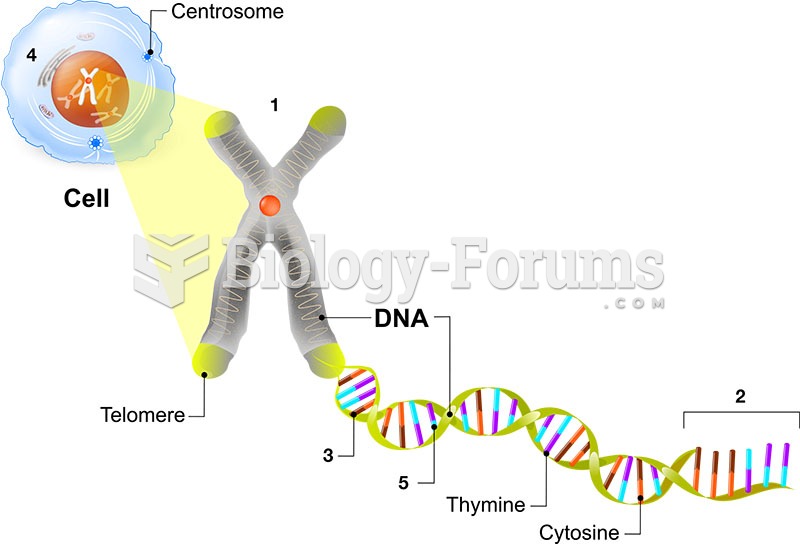Answer to Question 1First, one should check with state and local laws to make sure they can be kept legally.
One should plan on getting more than a single glider.
When one is selecting individual animals, choose recently weaned gliders.
Other things to look for when selecting individual gliders:
(a) The eyes should be bright, clean, and clear.
(b) The animal should show signs that it is eating well.
(c) There should be no running or discharges from the nose.
(d) The fur should be soft, thick, and clean.
(e) There should be no signs of diarrhea.
(f) The animal should be active and alert.
(g) The animal should be friendly and curious.
Answer to Question 2One of the most distinguishing characteristics of the sugar glider is the patagium, or thin, furred membrane
that stretches from the wrists to the ankles. When not gliding, the membrane appears as excess skin on the
side of the animal.
The female sugar glider has a pouch. This pouch can be seen as a small slit at the lower abdominal area.
Sugar gliders have a body length of 5 to 6 inches with a tail of near equal length, giving the animal a total
length of approximately 10 to 12 inches. They weigh three to five ounces, with the males being slightly larger
than the females.
The head is somewhat triangular. The muzzle is short, and the nose is rounded. Their eyes are large and
round. Sugar gliders have 40 to 46 teeth, including the two incisors that are large and protrude forward.
Sugar gliders normally have soft, gray-colored fur with cream-colored undersides. They have a black stripe
that runs from between the eyes, over the head, down the center of the back, to the base of the tail.
Sugar gliders have black rings around the eyes and black stripes on the front of each leg. They have a bushy
tail, which is also gray in color except for the last couple of inches, which is black. Their ears are furless and
fairly large. The ears move independently of each other and are constantly in motion, trying to pick up sounds.
Adult males have a scent gland that appears as a bald spot on the head, and this bald spot separates the
black stripe as it crosses over the head.







